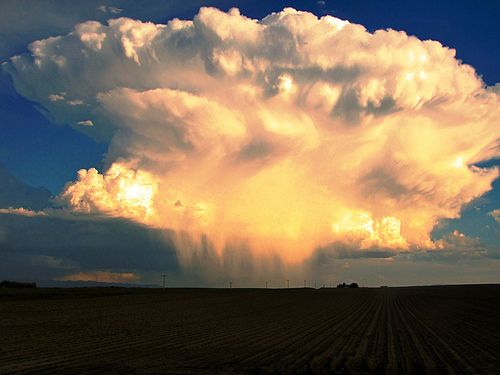 |
dr hab. Agnieszka Herman Instytut Oceanografii Uniwersytet Gdański Al. Piłsudskiego 46, 81-378 Gdynia Email: oceagah@ug.edu.pl Tel: +48 (0)58 5236887 Fax: +48 (0)58 5236678 Curriculum Vitae |
   0000-0001-5112-7165 0000-0001-5112-7165
|
 |
dr hab. Agnieszka Herman Instytut Oceanografii Uniwersytet Gdański Al. Piłsudskiego 46, 81-378 Gdynia Email: oceagah@ug.edu.pl Tel: +48 (0)58 5236887 Fax: +48 (0)58 5236678 Curriculum Vitae |
   0000-0001-5112-7165 0000-0001-5112-7165
|